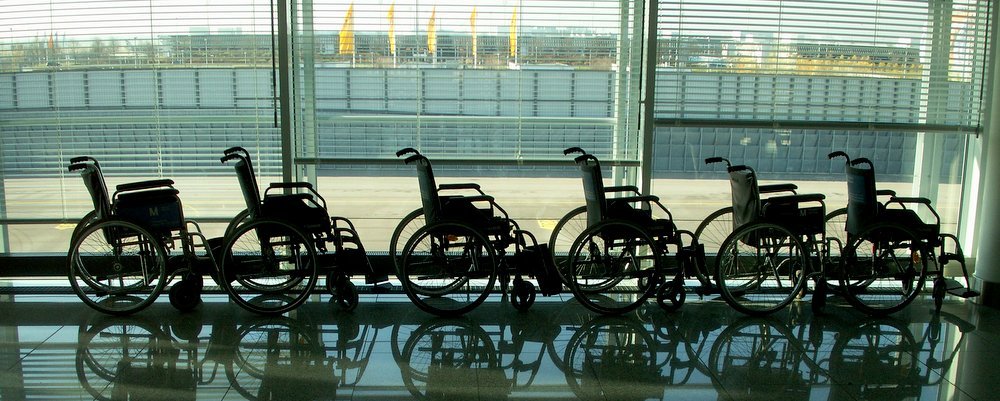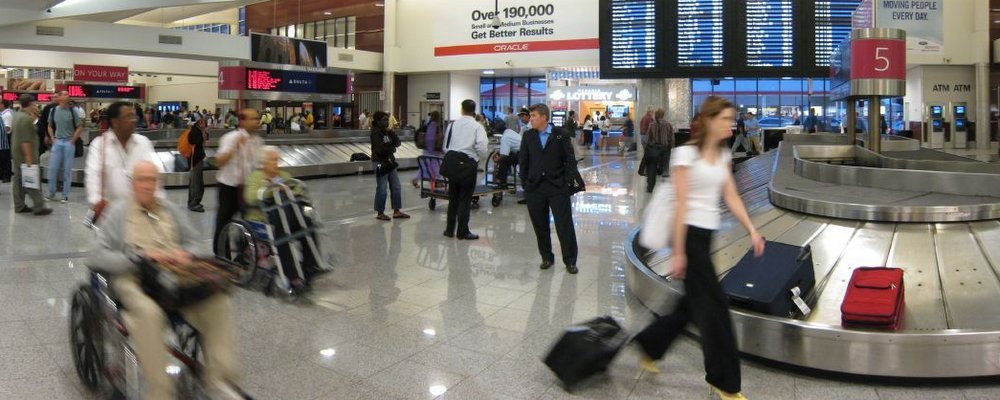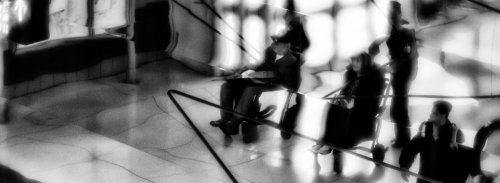Air travel for a disabled person can be difficult, and daunting, but with the right information and pre-planning it can be done. Here are my tips to help your flight go smoothly, so all you have to worry about is enjoying your holiday!
Mobility Equipment
If you need to travel with mobility equipment, especially a power wheelchair, do check that the airline can accept the weight, dimensions and batteries. Most airlines carry these items free of charge; if you’re travelling to or from the EU two pieces of equipment are carried with no extra cost.
If your equipment is valuable, make sure you have insurance cover for travel, and speak to your supplier to ask the best way to protect it during the flight. Remove any detachable parts, and take these on board with you.
There is the option of hiring mobility equipment at your destination, if you’d prefer and are able to travel light.

Special Assistance
At least 48 hours before your flight, request any special assistance you will require. This could be help through check-in, security and into departures, at the gate, on to the plane and in to your seat. Airports are big, busy places and even if you can usually manage without help, it’s worth considering how you’ll manage luggage, crowds and queues.
If you can’t use stairs, and your chosen airport doesn’t use air bridges, you’ll need to request an ambulift to get you on to the plane. This is a small vehicle which drives up to the plane and raises like a platform lift, giving level access to the plane door.
You can also request that suitable seating is allocated, and that any equipment to help you transfer is available; some airports use slings, and others have hoists which are specially designed for aircraft. If you need to use a wheelchair to get to and from your seat, an aisle chair should be made available for you, which is narrow enough to fit between rows of seats on the plane.
On-board
Wear comfortable, loose-fitting clothes, and layers in case of changes in temperature. If you have a wheelchair cushion, be sure to bring this on board with you for maximum comfort. Travel pillows, eye masks and ear-plugs of headphones can help with peaceful sleep, and travel socks can reduce the risk of DVT for those who can’t move much.
Be sure to bring carry-on luggage with anything essential – medication, lotion for dry skin, and things to help pass the time. Books, travel games, a laptop, snacks and music can all help to keep you entertained, which definitely helps if you’re taking a long-haul flight.

At Your Destination
As your flight lands, there is always a scramble of passengers trying to disembark as quickly as possible. At this point, relax. Disabled travellers are usually assisted off the plane last, and if you’ve brought your own wheelchair, this should be waiting at the plane door. Be sure to check it for any damage – airlines should cover the cost of repair or replacement, but this needs to be documented before you leave the airport. Once off the plane I always ask to use the bathroom – airport accessible bathrooms are usually more spacious and comfortable than those on the plane. You’ll then be escorted through passport control – usually straight to the front of the queue – assisted to collect any luggage, and on to your transportation to your final destination.
Carrie-Ann Lightley is a traveller, a blogger and an inspiriation for the less mobile traveller. She doesn’t let her Cerebral Palsy slow her down from enjoying the world, near and far. Living with the mantra of ‘there is always a way’ her travel blog provides expertise and inspiration for accessible travel. Visit Carrie-Ann at https://www.carrieannlightley.com















